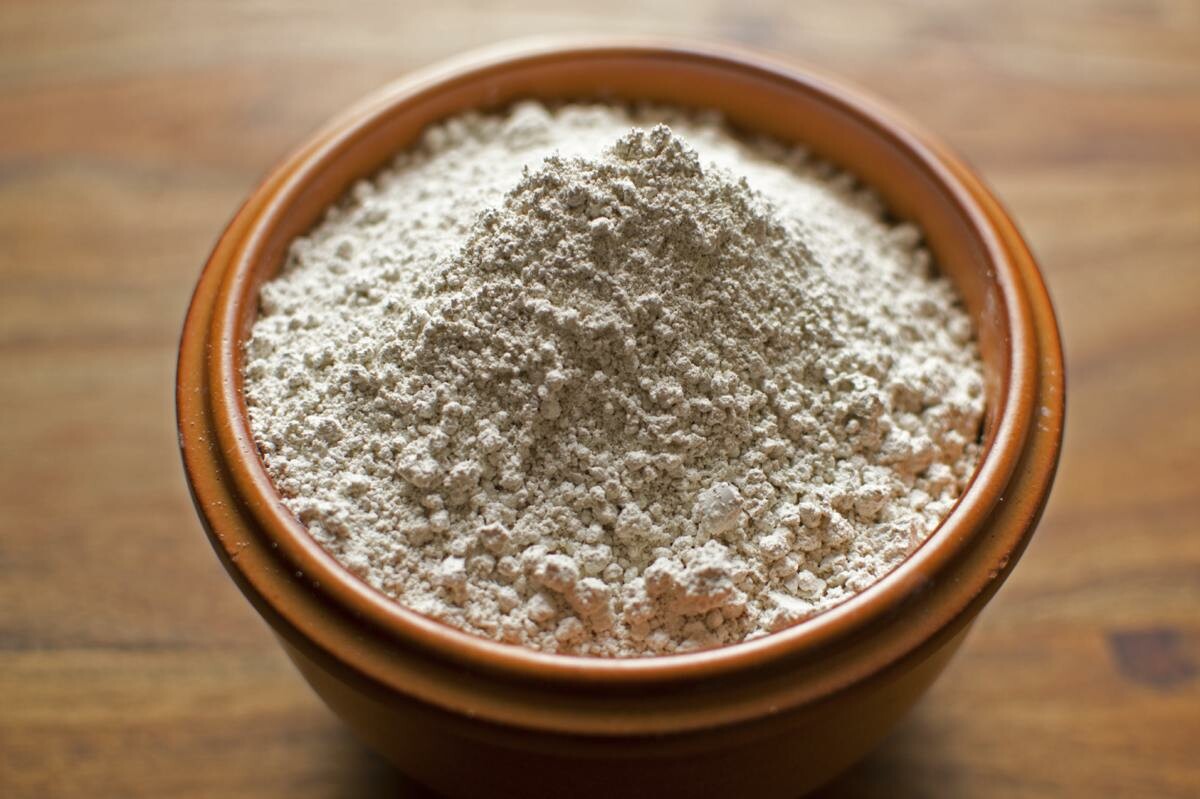
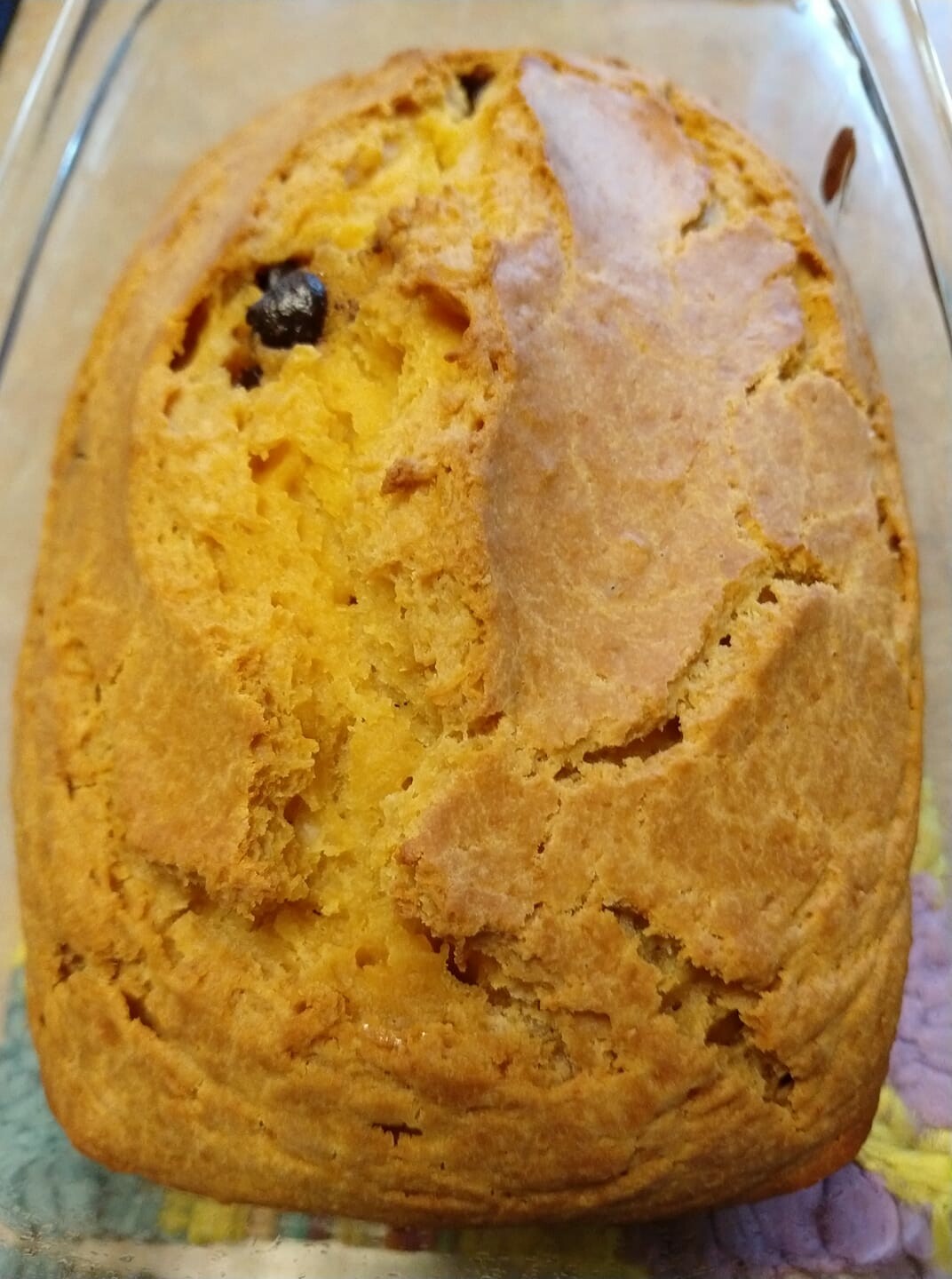
INGREDIENTS
⅓ cup melted coconut oil
½ cup honey or maple syrup
2 eggs
1 cup pumpkin purée (a small pie pumpkin usually yields around 4 cups -- how to cook a pumpkin)
¼ cup milk of choice or water
1 ½ teaspoons pumpkin spice blend (or ½ teaspoon cinnamon, ½ teaspoon ground ginger, ¼ teaspoon ground nutmeg, and ¼ teaspoon allspice or cloves) OR 2drops cinnamon bark, 1 drop nutmeg, 1 drop ginger, and 1 drop clove essential oils (make sure you're using a pure, food-safe one -- ask me about what I use!)
1 teaspoon baking soda
1 teaspoon vanilla extract
½ teaspoon salt
1 ¾ cups white whole wheat flour or regular whole wheat flour or Einkorn flour
Optional: ½ cup mix-ins like chopped walnuts or pecans, chocolate chips, raisins, chopped dried fruit…
Pinch of ground cinnamon, for sprinkling on top
1. Preheat oven to 325 degrees Fahrenheit (165 degrees Celsius) and grease a 9×5-inch loaf pan.
2. In a large bowl, beat the oil and honey together together with a whisk. Add the eggs and whisk until blended. (If your coconut oil solidifies on contact with cold ingredients, simply let the bowl rest in a warm place for a few minutes, like on top of your stove or in the preheating oven.)
3. Add the pumpkin purée, milk, pumpkin spice, baking soda, vanilla and salt, and whisk to blend. Lastly, switch to a big spoon and stir in the flour, just until combined. Some lumps are ok! If you’re adding any additional mix-ins, gently fold them in.
4. Pour the batter into your greased loaf pan and sprinkle lightly with cinnamon. If you’d like a pretty swirled effect, run the tip of a knife across the batter in a zig-zag pattern.
5. Bake for 55 to 60 minutes, or until a toothpick inserted into the center comes out clean (typically, if I haven’t added any mix-ins, my bread is done at 55 minutes; if I have added mix-ins, it needs closer to 60 minutes). Let the bread cool in the loaf pan for 10 minutes, then carefully transfer the bread to a cooling rack to cool for 20 minutes before slicing.
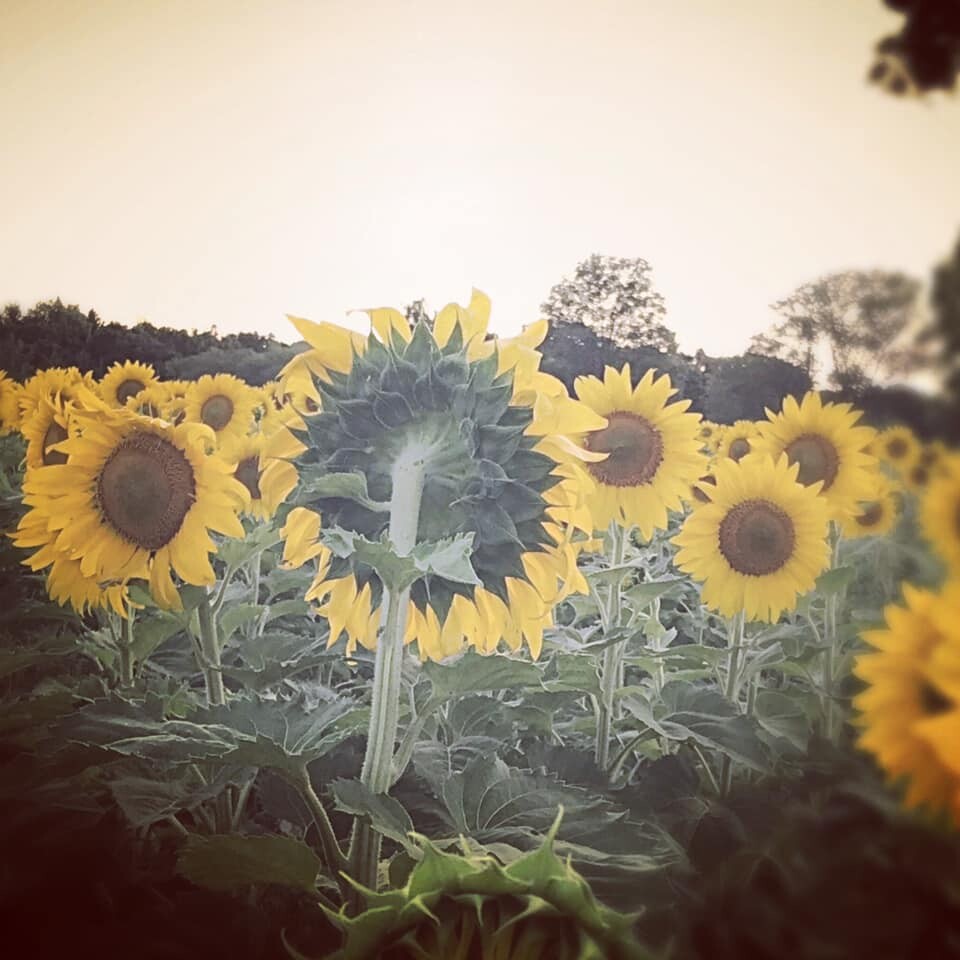
Normal.
What is normal?
A mindset. Normal for everyone is a bit different.
Does everyone else get up in the morning and immediately let the pup outside? No, but that's my normal.
Does everyone else spend 1-2 hours per day talking with people about wellness goals, in service to others, to help them fulfill their dreams of feeling well preventatively? No, but it's my normal.
Does everyone eat fresh cucumbers for lunch during the summer, grow 5 kinds of mint while gardening organically, and drink chocolate or orange mint tea in the winter? No, but it's my normal.
Did everyone go to a private K-12 school growing up? No, but that's my normal.
Does everyone sing 5-8 hrs per day for FUN and get to pass that joy and skill on to adults and kids alike? No, but it's my joyful normal.
Does everyone sleep 7-8 hours per night? For most, that's a sad no, but it's my normal now! It definitely didn't used to be.
Does everyone go to church every Sunday? No, but that's my normal.
Does everyone work for themselves as their own "boss"? No, but it's becoming my normal.
Does everyone eat Einkorn instead of modern grain? No, but it's becoming our normal.
Does everyone play strategy board games often the way Gabe & I do? No, but we enjoy it, and it's our normal.
Does everyone believe the same things about God or humanity? No, but we each have a normal.
Our normal is governed by our underlying beliefs and mindset. Our normal is fundamentally governed by what we believe about ourselves -- who we are, what we say to ourselves.
Do you tell yourself:
I am anxious.
I am tired.
I am broke.
I am hurt.
I am in pain.
I am stuck.
I am stressed.
I am broken.
I am a sinner.
I am hopeless.
I am incapable of _______ (something that hasn't happened yet that you are dreaming of).
I have to work this job.
I have to marry this person.
I have to live here.
OR, do you tell yourself:
I am fearfully and wonderfully made.
I am blessed to be a blessing.
I am at peace.
I am serving others.
I am connected in community.
I am made new.
I am growing.
I am a sharer of my talents and knowledge.
I am healed.
I am a saint who sometimes still sins.
I am hope-filled.
I am already _________ (fill in the blank with a goal that God sees as done, but to me is "not yet").
I can change my mind.
I can develop new preferences.
I can be authentically ME.
How can you move towards a new normal, if you're telling yourself the former things? How can I help you on the journey of saying the latter things to yourself?
Love you, dear friends. 🥰
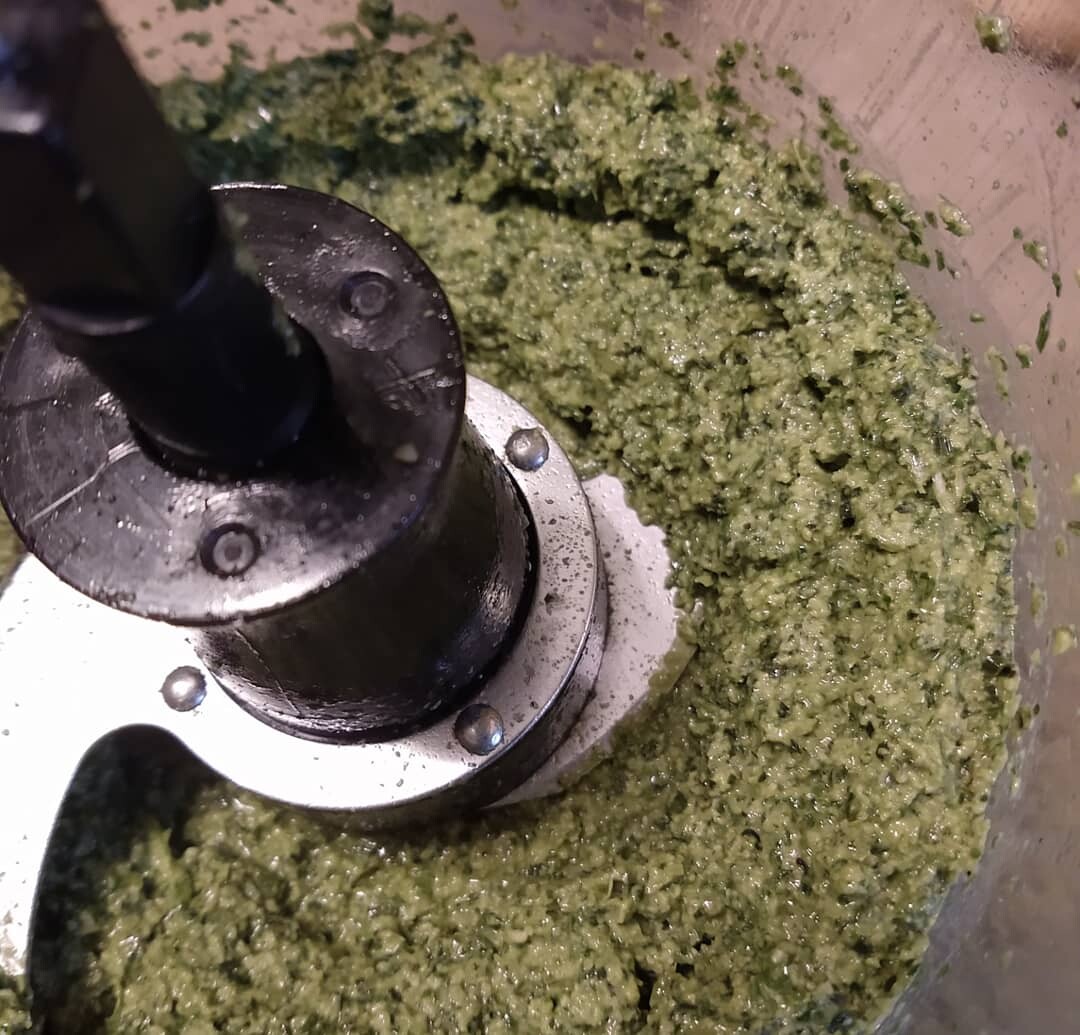 AfterHomemade Arugula/Basil Pesto
AfterHomemade Arugula/Basil Pesto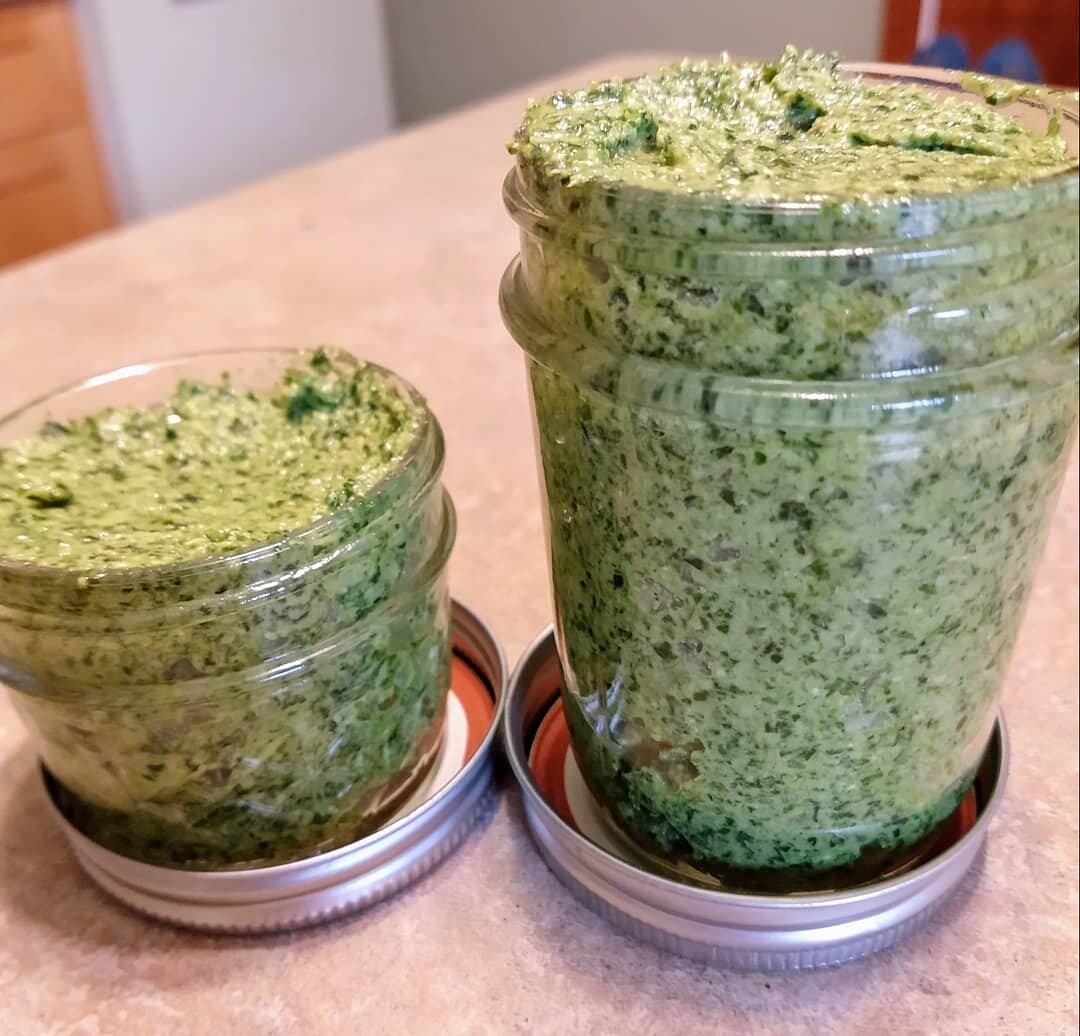 One to freeze and one to use this week.
One to freeze and one to use this week.Organic baby arugula
Organic basil
Pine nuts (you can also use walnuts, but I like being fancy 😉)
Hard-neck Garlic (9ish cloves)
Extra Virgin Olive oil
Pink Himalayan Sea Salt
2 drops black pepper vitality essential oil
3 drops lime vitality essential oil
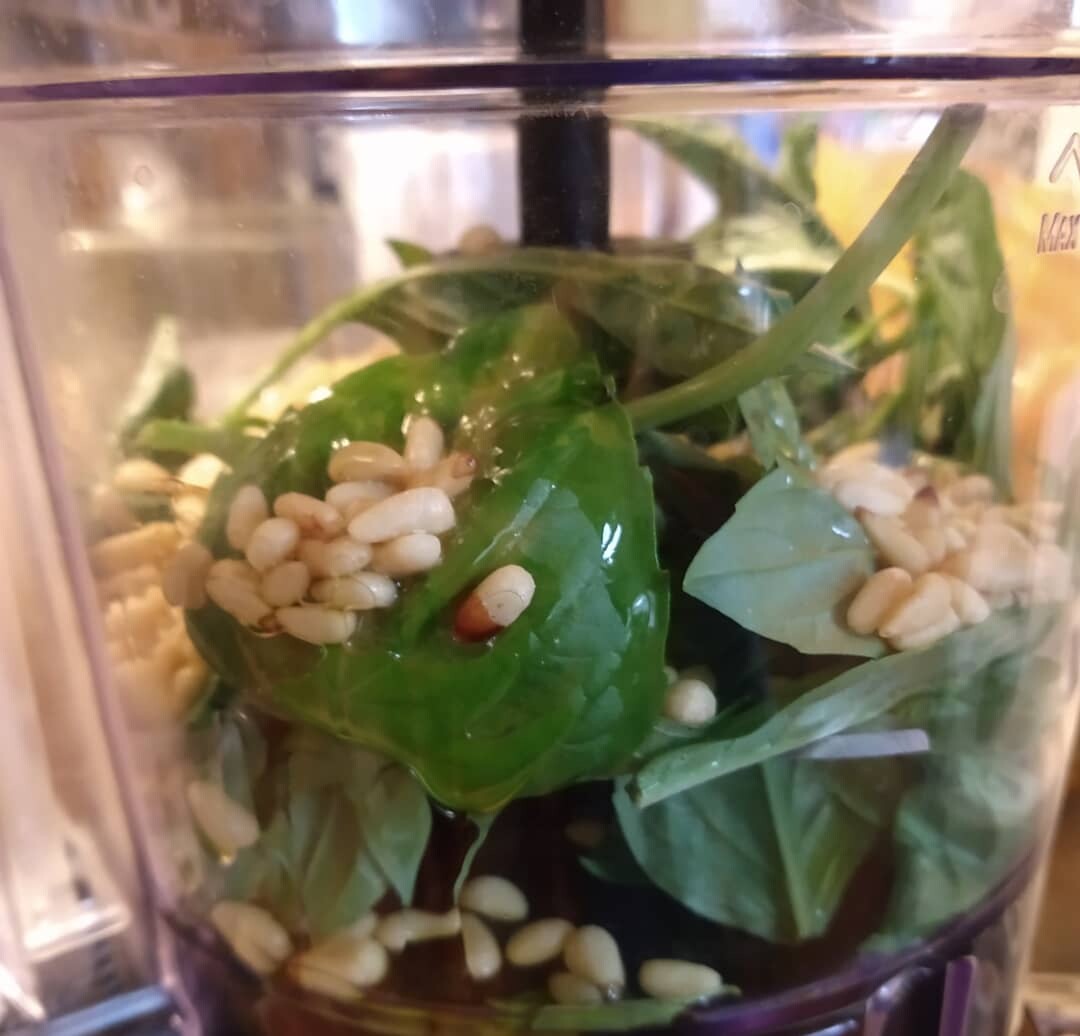 before
beforeIt is very important to know that not all essential oils are created equal...
You can’t just go out to a big box store (or anywhere online) and trust that you’re getting the good stuff. Lucky for you, I’ve got a source I trust. Contact me to learn more.
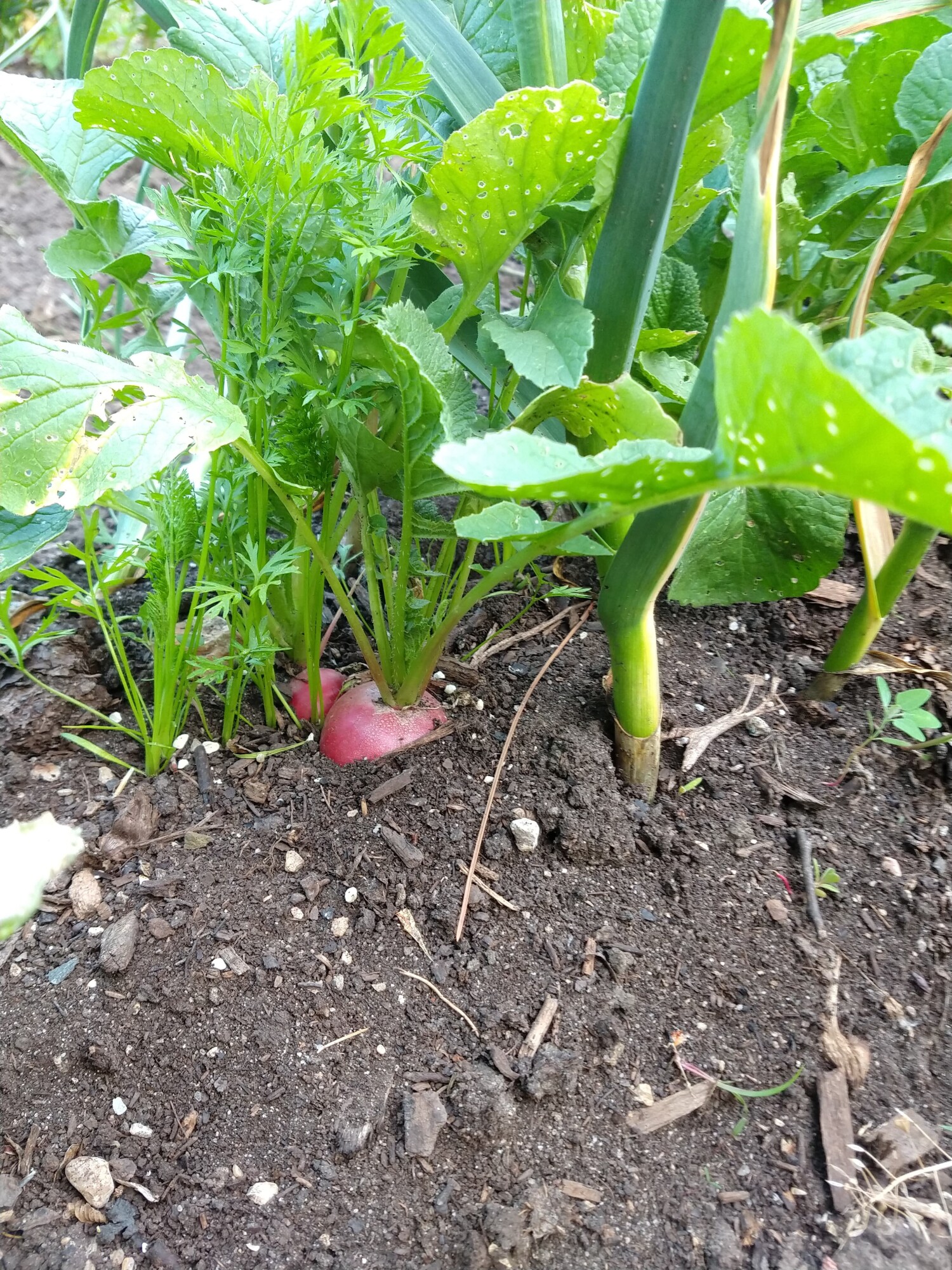
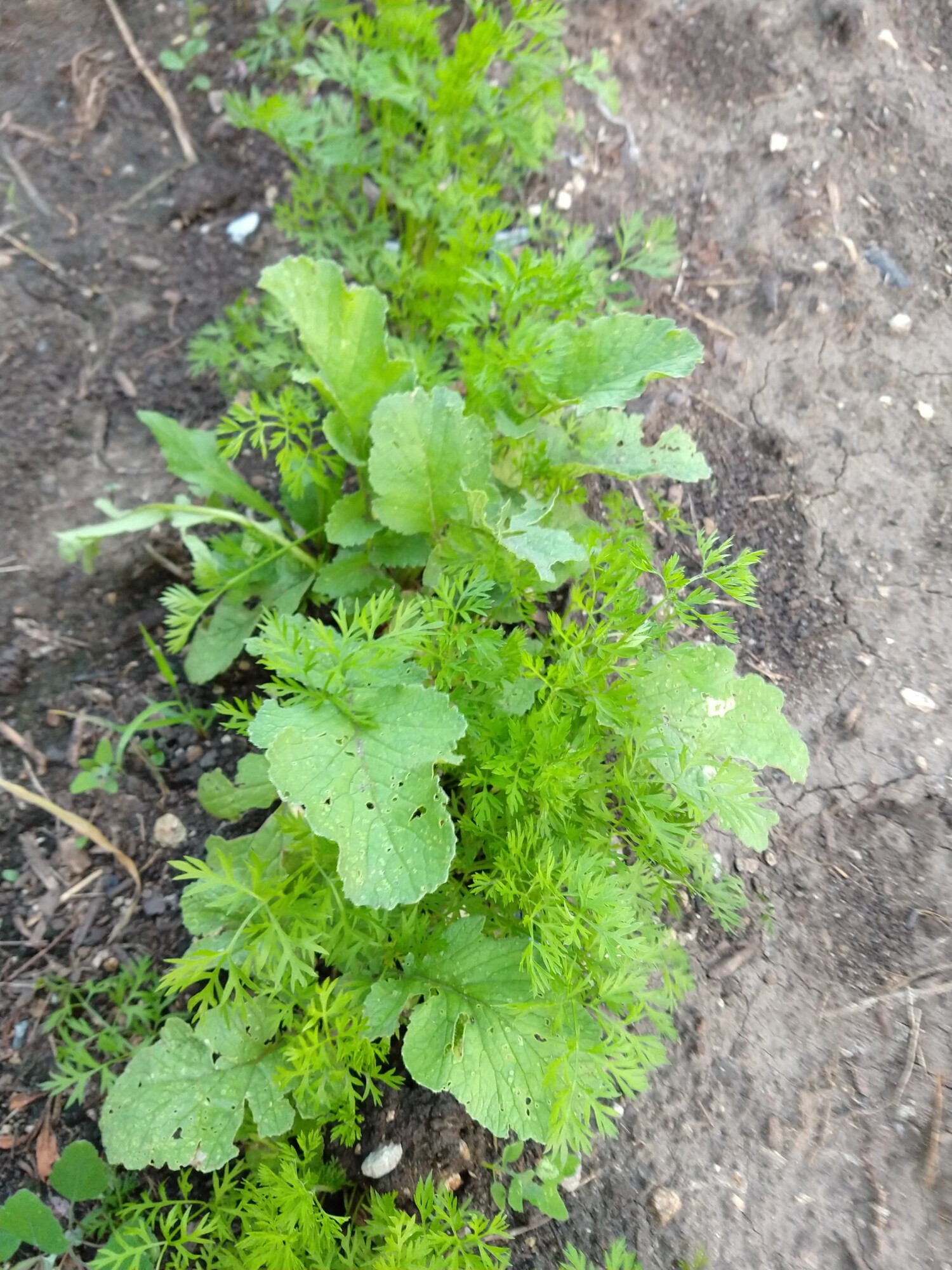 Fall crop of carrots/radishes planted recently without garlic.
Fall crop of carrots/radishes planted recently without garlic.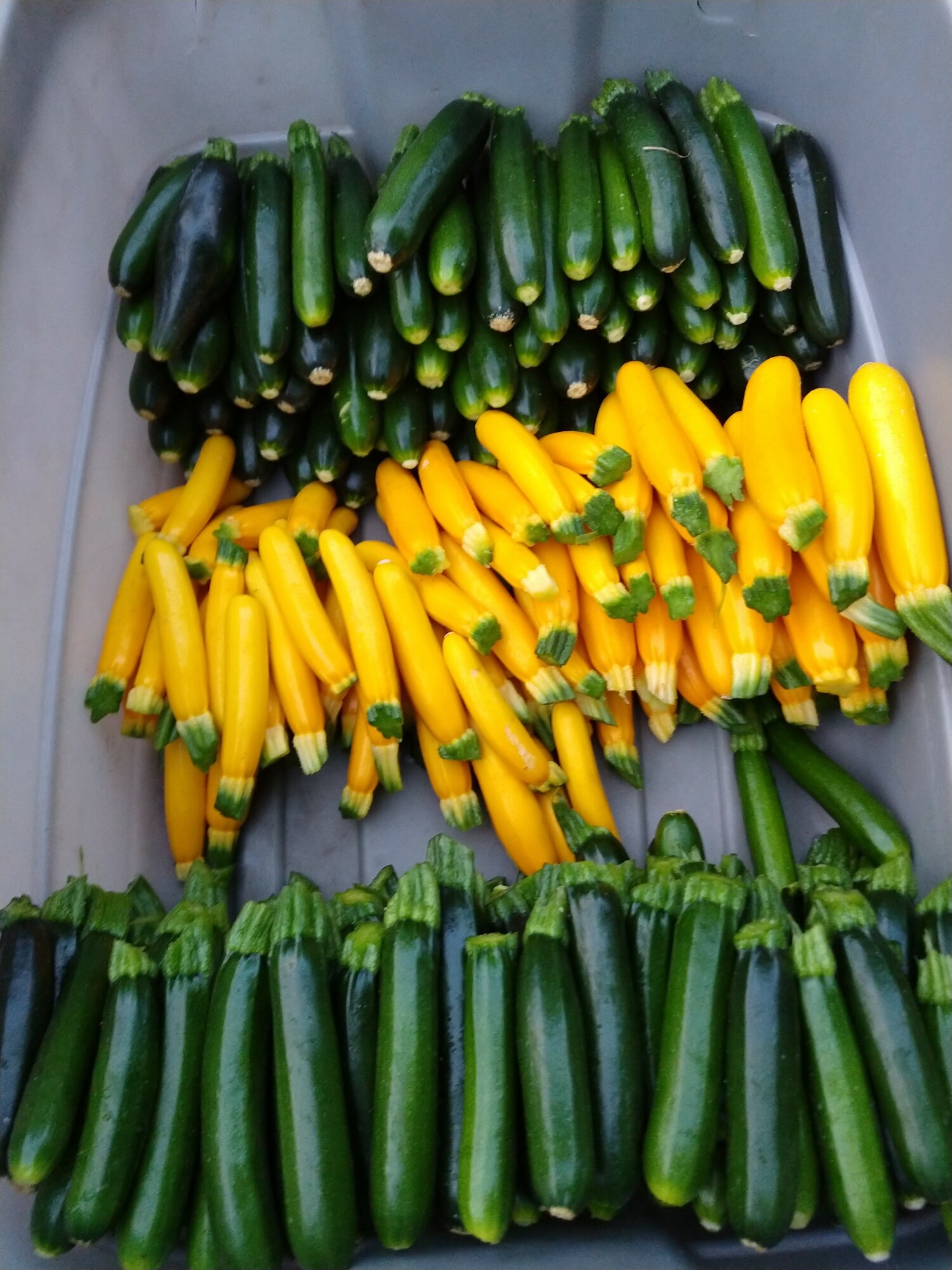 2nd crop of baby zucchini -- we pick 3x per week to get this size, otherwise we'd have a pick-up truck full of them!
2nd crop of baby zucchini -- we pick 3x per week to get this size, otherwise we'd have a pick-up truck full of them! 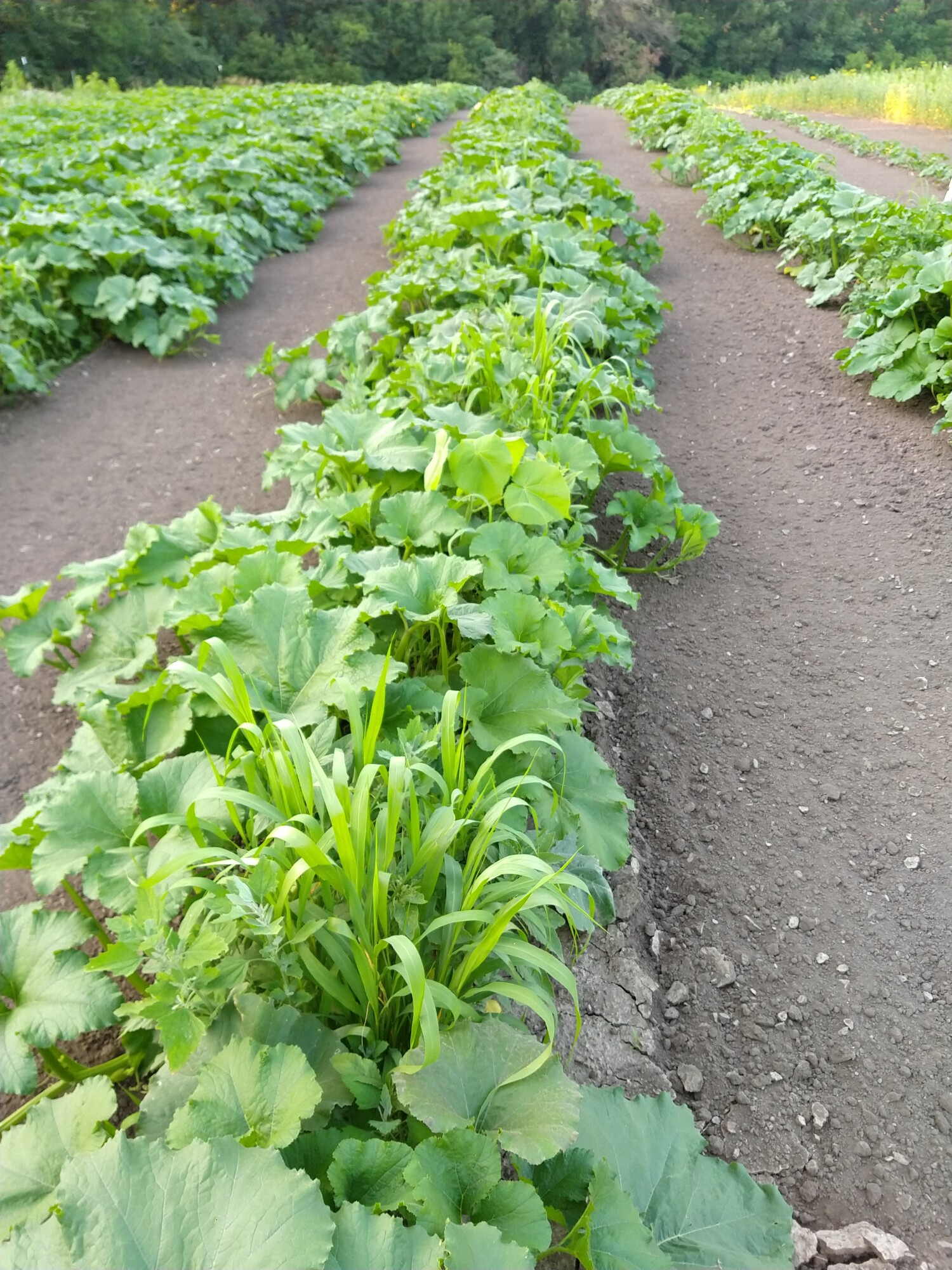 Pumpkin plants freshly tilled and about to run (they need to be hand-weeded still,
Pumpkin plants freshly tilled and about to run (they need to be hand-weeded still,don't mind the weeds)! ;)
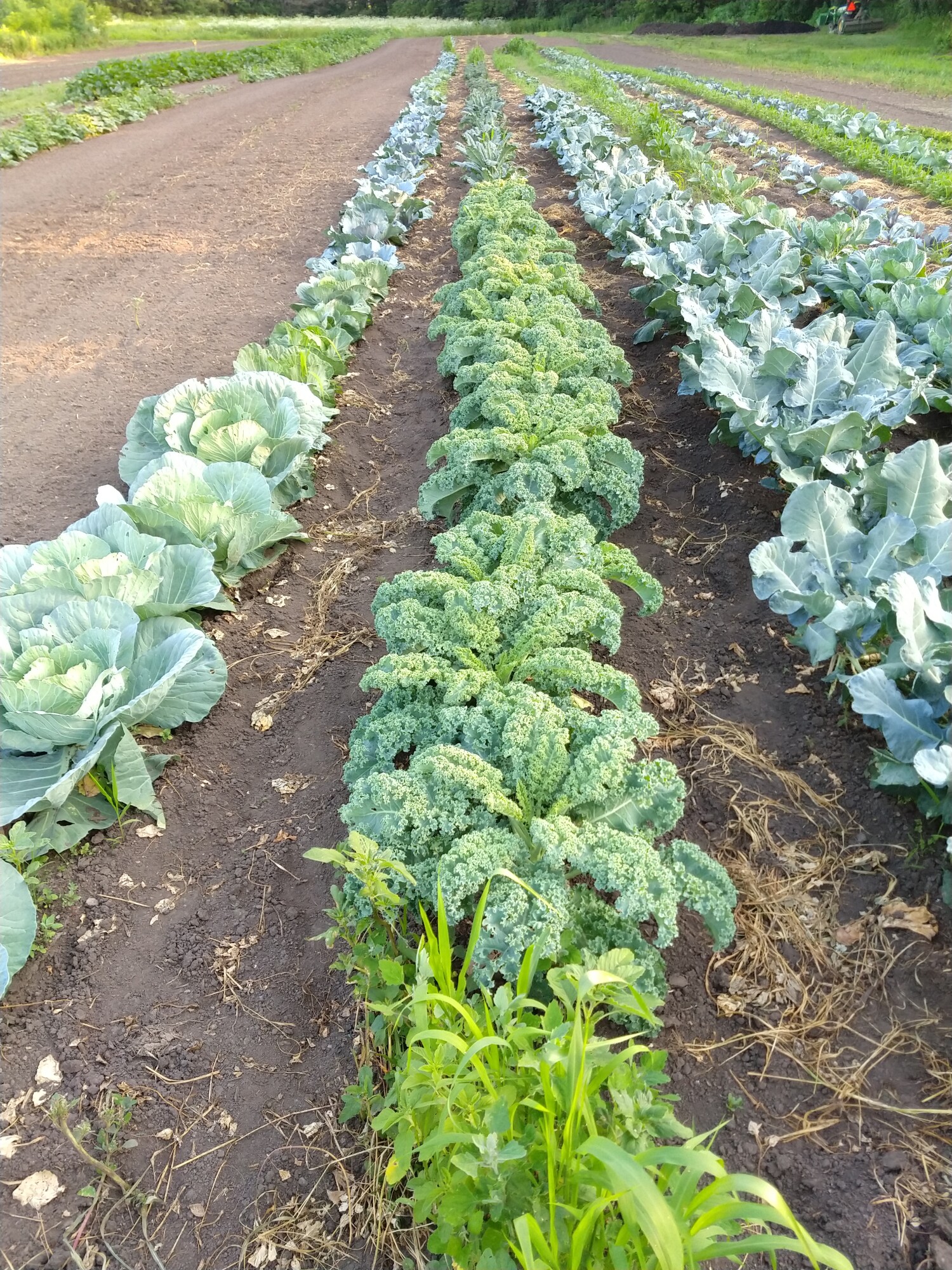 First planting of cabbage, broccoli, and kale.
First planting of cabbage, broccoli, and kale.You can see the zucchini too in the far top LH corner, and the cucumbers next to them. :)
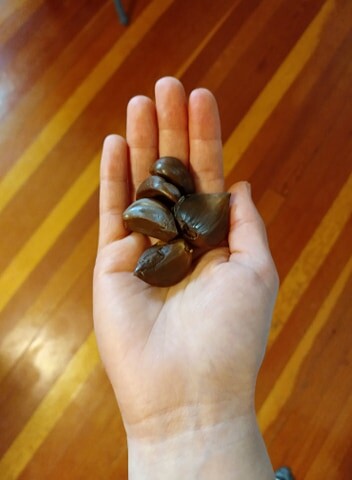 Black garlic can be found in restaurants everywhere, but the less well-known ingredient isn’t new. It has been used for its unique flavor, for medicinal purposes, and in Asian cuisines for centuries. Black garlic is the product of aging regular hard neck garlic bulbs over the course of weeks or months. It requires strictly regulated temperature and humidity to achieve its sticky blackish-brown consistency.
Black garlic can be found in restaurants everywhere, but the less well-known ingredient isn’t new. It has been used for its unique flavor, for medicinal purposes, and in Asian cuisines for centuries. Black garlic is the product of aging regular hard neck garlic bulbs over the course of weeks or months. It requires strictly regulated temperature and humidity to achieve its sticky blackish-brown consistency.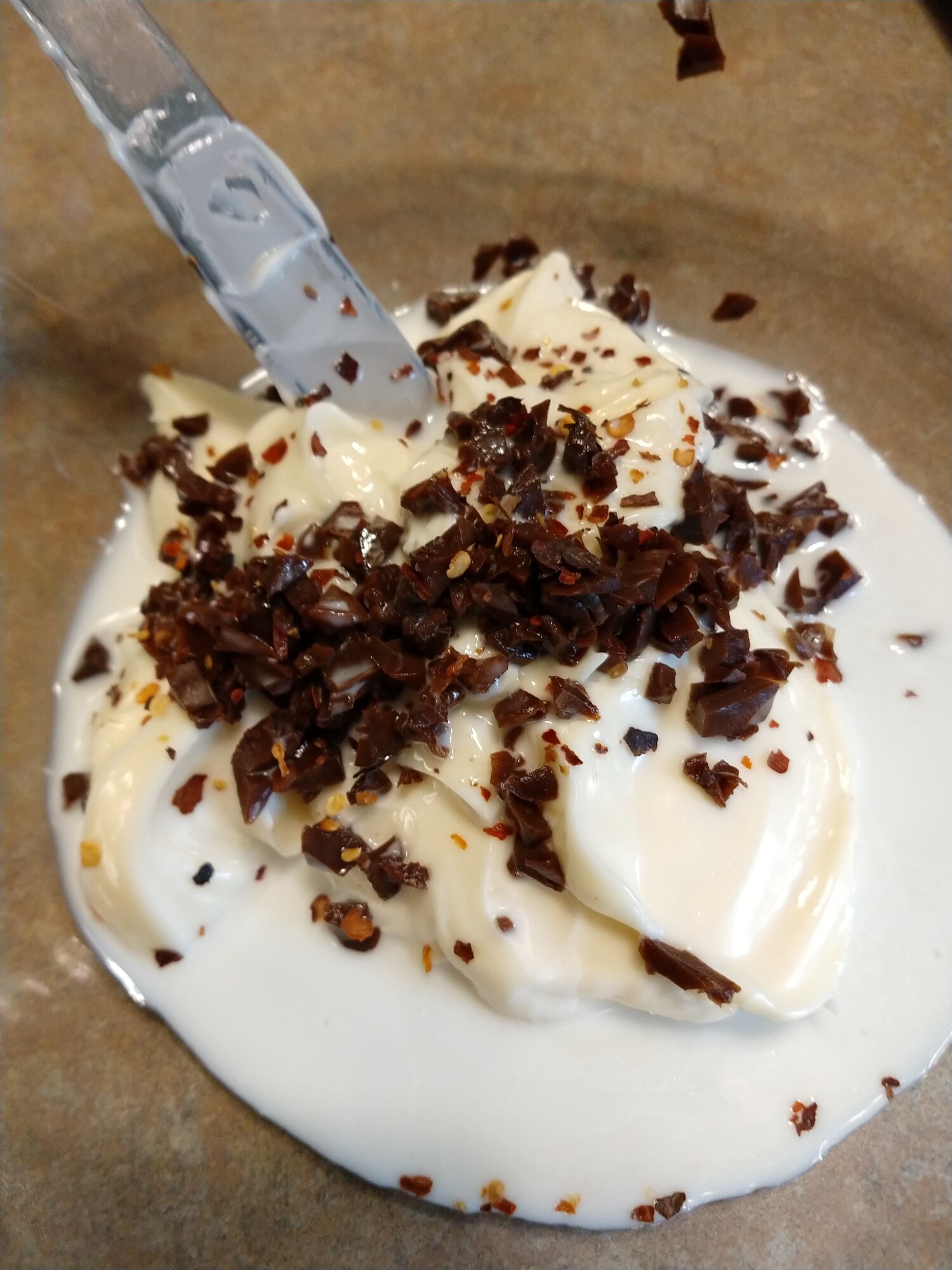
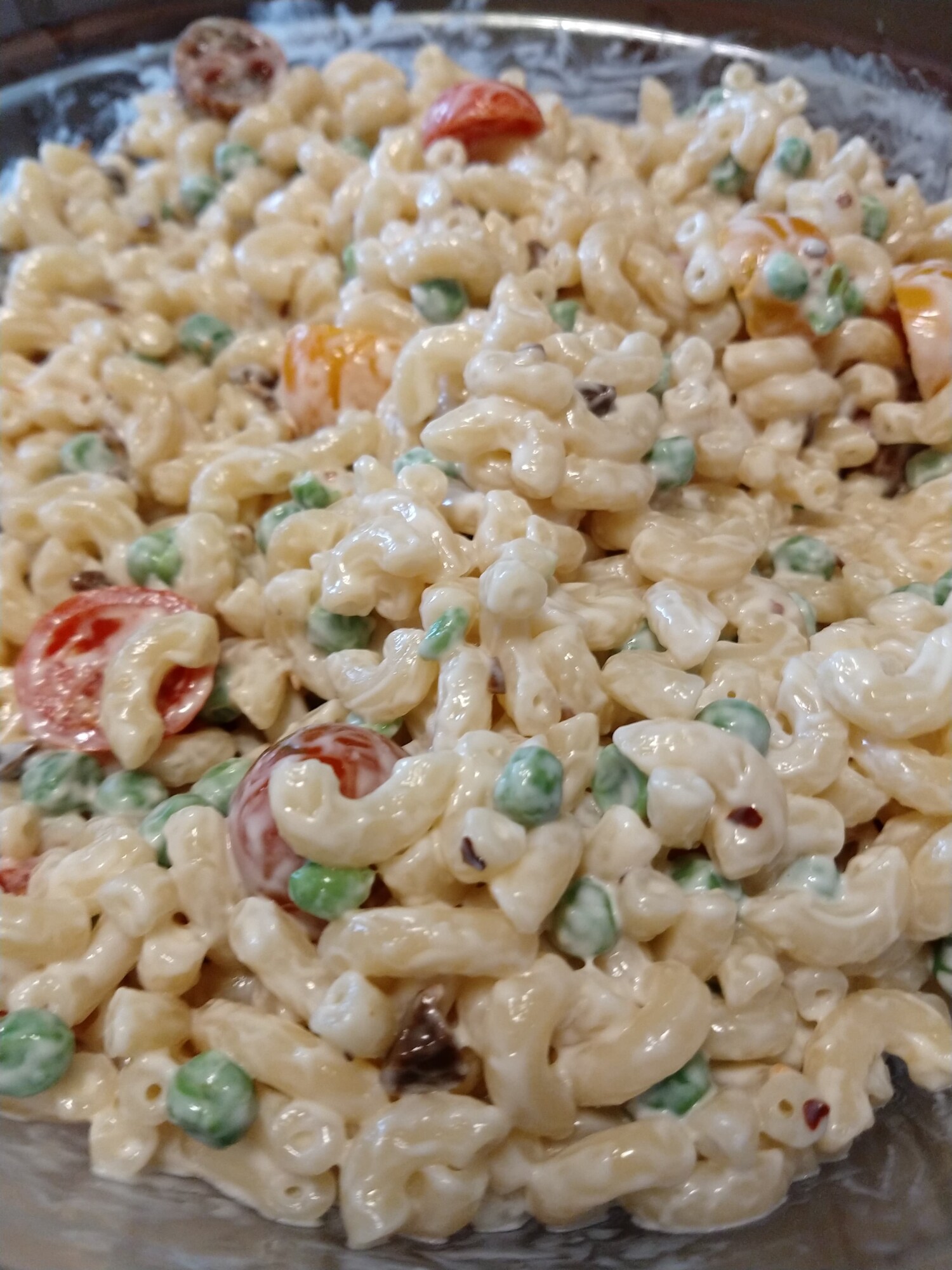 The process of making black garlic is less difficult than it is long. It can be aged for up to 60 days but will be ready to use after three weeks. Some people use a pressure cooker or rice cooker at home, while others use sealed canning jars and a dryer to get to the desired temperature and humidity levels.
The process of making black garlic is less difficult than it is long. It can be aged for up to 60 days but will be ready to use after three weeks. Some people use a pressure cooker or rice cooker at home, while others use sealed canning jars and a dryer to get to the desired temperature and humidity levels.- An abundance of antioxidant compounds such as polyphenols, flavonoids, tetrahydro-β-carboline derivatives, and organosulfur compounds, including S-allyl-cysteine and S-allyl-mercaptocysteine
- The fermentation process enhances the bioactivity.
- Growing evidence suggests that black garlic's properties potentially include: anticancer, anti-obesity, immuno-modulatory, hypolipidemic, antioxidant, hepatoprotective, and neuroprotective effects.
- Black garlic can perhaps scavenge the free radicals in vitro and also activate the antioxidant enzymes in vivo.
- Some recent reports have suggested black garlic as a prominent agent for treatment of inflammation and septicemia-related diseases.












